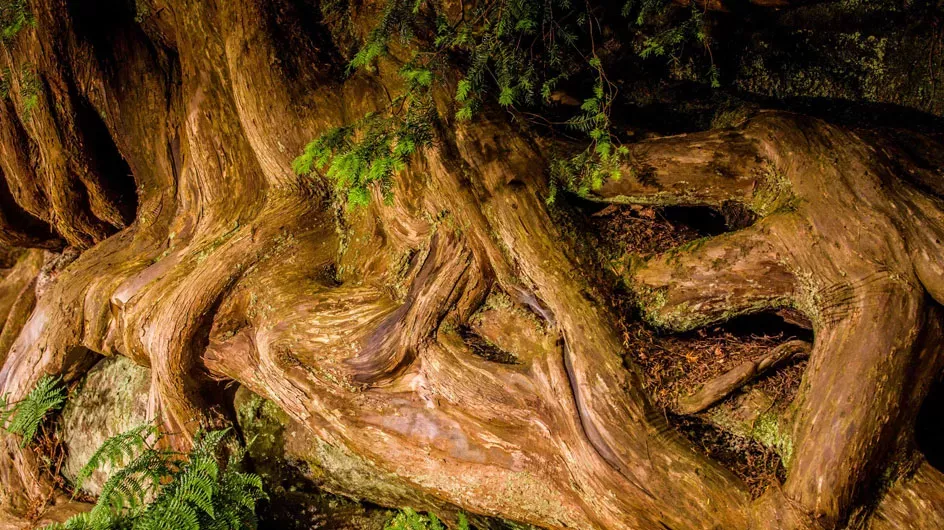KS3 Plant reproduction
Pupils observe a variety of flowers, fruits and seeds using hand lenses and microscopes. They investigate how plants reproduce and find out why seeds are stored in the Millennium Seed Bank.

Level
Duration
Allocated space
Using microscopes in our laboratory, pupils observe the structure of flowers and seeds, and learn about their role in reproduction.
In extended sessions, pupils can take on the role of a seed bank scientist investigating germination or undertake an investigation into the flower preference of pollinators (late spring, summer and early autumn only, weather permitting)
Learning outcomes
We design our sessions to match the learning outcomes in the national curriculum. Our sessions have a cross-curricular approach and are tailored to suit the educational needs of your group. We aim to give pupils opportunities to work scientifically in areas that are difficult or impossible to create in the school environment.
Pupils will have the opportunity to:
- Observe the detailed structure of a variety of flowers, pollen grains and seeds.
- Investigate the variety of pollinators visiting flowers and their flower preferences.
- Use microscopes for close observation.
- Compare the structure of and dispersal methods of a variety of seeds.
- Learn about the importance of seeds for conserving biodiversity.
Curriculum links
This KS3 visit supports and enhances the Science curriculum offered in schools.
Science
Experimental skills and investigations
- Ask questions and develop a line of enquiry based on observations of the real world, alongside prior knowledge and experience.
- Make predictions using scientific knowledge and understanding.
- Use appropriate techniques, apparatus, and materials during fieldwork and laboratory work, paying attention to health and safety.
- Make and record observations and measurements using a range of methods for different investigations; and evaluate the reliability of methods and suggest possible improvements.
Reproduction
- Reproduction in plants, including flower structure, wind and insect pollination, fertilisation, seed and fruit formation and dispersal, including quantitative investigation of some dispersal mechanisms.
